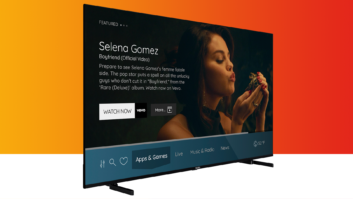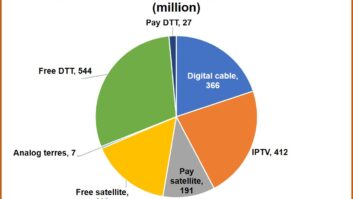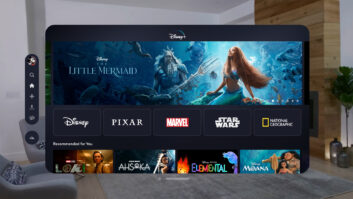According to Adeia, a company which invents, develops and licenses fundamental innovations that shape how people explore and experience digital entertainment, vision-based interfaces (VBI) will be the next big thing in elevating the consumer experience across a wide range of connected devices.
Serhad Doken, chief technology officer at Adeia, the technology presents alternatives to historically available user engagement mechanisms, including keyboards, mouse devices, touchscreens, and voice applications.
“It is a next-generation user interface that will enable device manufacturers and network service providers – including pay-TV operators and OTT (over-the-top) streaming providers – to optimise operations, reduce friction and improve user experiences,” said Doken.
As a result, the company predicts by the end of the decade, viewers will be able to navigate interfaces by simply moving their eyes on designer glasses that have integrated VBI into their products.
“This will be possible through eye tracking, where a user can select a menu option, drag an icon or even double click with the blink of an eye,” added Doken.
“Most people may remember the introduction of Google Glass a decade ago. However, one factor missing then was a mature surrounding ecosystem to support the experience. The absence of a robust supporting value chain stood in the way of mass adoption. That is not the case today. New technologies are rapidly evolving and are now going through the ‘hype cycle’ that typically precedes large-scale adoption.”
Adeia believes one application area expected to popularise VBI significantly revolves around extending the digital engagement surface. Many people routinely use several high-resolution screens for work, watching entertainment or playing games.
“Smart glasses can give users access to infinite virtual monitors spread out over 360 degrees of view. More importantly, smart glasses are portable so that users can take them, and their desired experiences, anywhere,” Doken said.
According to the company, hybrid bonding and node technologies will increasingly be present across the entire ecosystem from end-point devices and edge computing cloudlets (mini cloud data centres) to the infrastructures that support cloud service providers.
“Until recently, for instance, cloud infrastructures that were hundreds of miles away from the point of functionality resulted in latency that degraded the user experience. Today, the creation of cloudlets – located much closer to the user – works in concert with 5G wireless and local Wi-Fi networks to create seamless real-time experiences,” explained Doken.
“From Adeia’s perspective, VBI is one of the next milestone innovations that will usher in an entirely new generation of interfaces, consumer experiences, applications and services. It will create a paradigm shift for the entire ecosystem. [But] there are a lot of challenges that still need to be addressed.”







